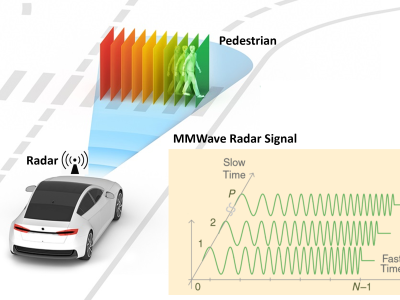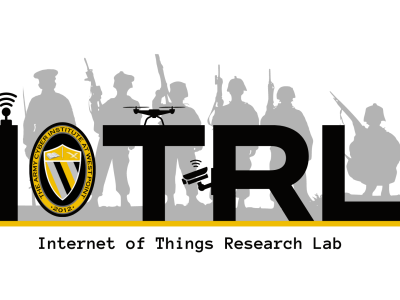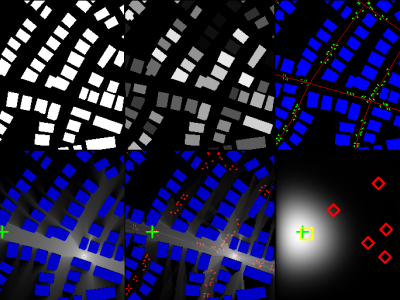Cyber Attack Evaluation Dataset for Deep Packet Inspection and Analysis

- Citation Author(s):
-
Shishir Kumar Shandilya (VIT Bhopal University, India)Chirag Ganguli (VIT Bhopal University, India)Ivan Izonin (Lviv Polytechnic National University, Ukraine)Atulya Kumar Nagar (Liverpool Hope University, United Kingdom)
- Submitted by:
- Shishir Shandilya
- Last updated:
- DOI:
- 10.21227/a8m1-x573
 2562 views
2562 views
- Categories:
- Keywords:
Abstract
To determine the effectiveness of any defense mechanism, there is a need for comprehensive real-time network data that solely references various attack scenarios based on older software versions or unprotected ports, and so on. This presented dataset has entire network data at the time of several cyber attacks to enable experimentation on challenges based on implementing defense mechanisms on a larger scale. For collecting the data, we captured the network traffic of configured virtual machines using Wireshark and tcpdump. To analyze the impact of several cyber attack scenarios, this dataset presents a set of ten computers connected to Router1 on VLAN1 in a Docker Bridge network, that try and exploit each other. It includes browsing the web and downloading foreign packages including malicious ones. Also, services like FTP and SSH were exploited using several attack mechanisms. The presented dataset shows the importance of updating and patching systems to protect themselves to a greater extent, by following attack tactics on older versions of packages as compared to the newer and updated ones. This dataset also includes an Apache Server hosted on the different subset on VLAN2 which is connected to the VLAN1 to demonstrate isolation and cross-VLAN communication. The services on this web server were also exploited by the previously stated ten computers. The attack types include: Distributed Denial of Service, SQL Injection, Account Takeover, Service Exploitation (SSH, FTP), DNS and ARP Spoofing, Scanning and Firewall Searching and Indexing (using Nmap), Hammering the services to brute-force passwords and usernames, Malware attack, Spoofing and Man-in-the-Middle Attack. The attack scenarios also show various scanning mechanisms and the impact of Insider Threats on the entire network.
Instructions:
To generate the dataset in its complete form in the local system, navigate to the ‘L1 Cap 202209051620.sql‘ and import it into MySQL on the local system. Please note that the table with the defined properties needs to be created before the import process. Inside the database, L1 Cap file can be found which consists of the PCAP file database for the analysis of the packets that were captured to display both attack and defense mechanisms. The Info tab includes the Information about each packet which can be filtered from the generated database in MySQL and analyzed. For the packets to be analyzed graphically, the ‘L1 Cap 10PC 1S.pcapng‘ can be directly imported into Wireshark. This can properly segregate the packets and can provide a graphical representation for analysis.








